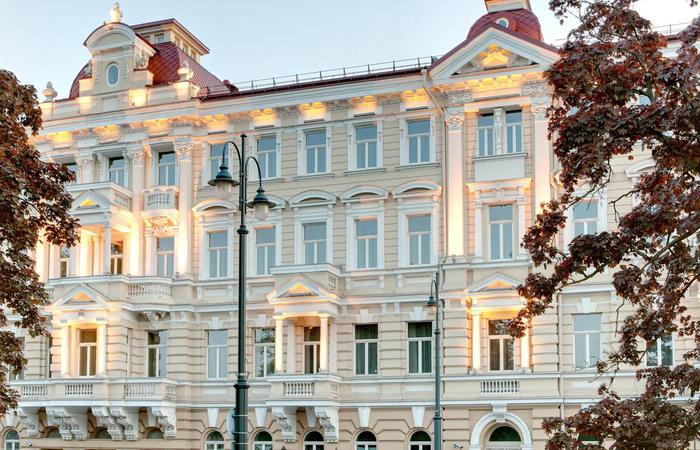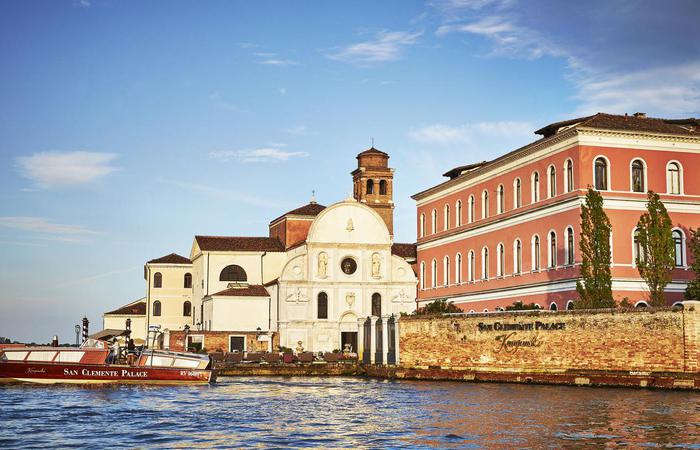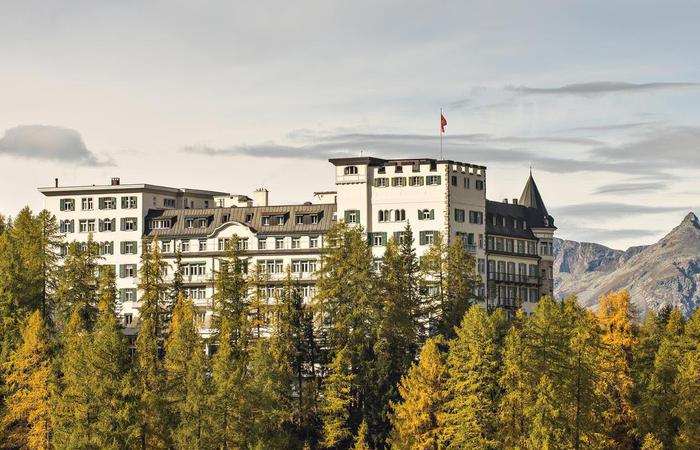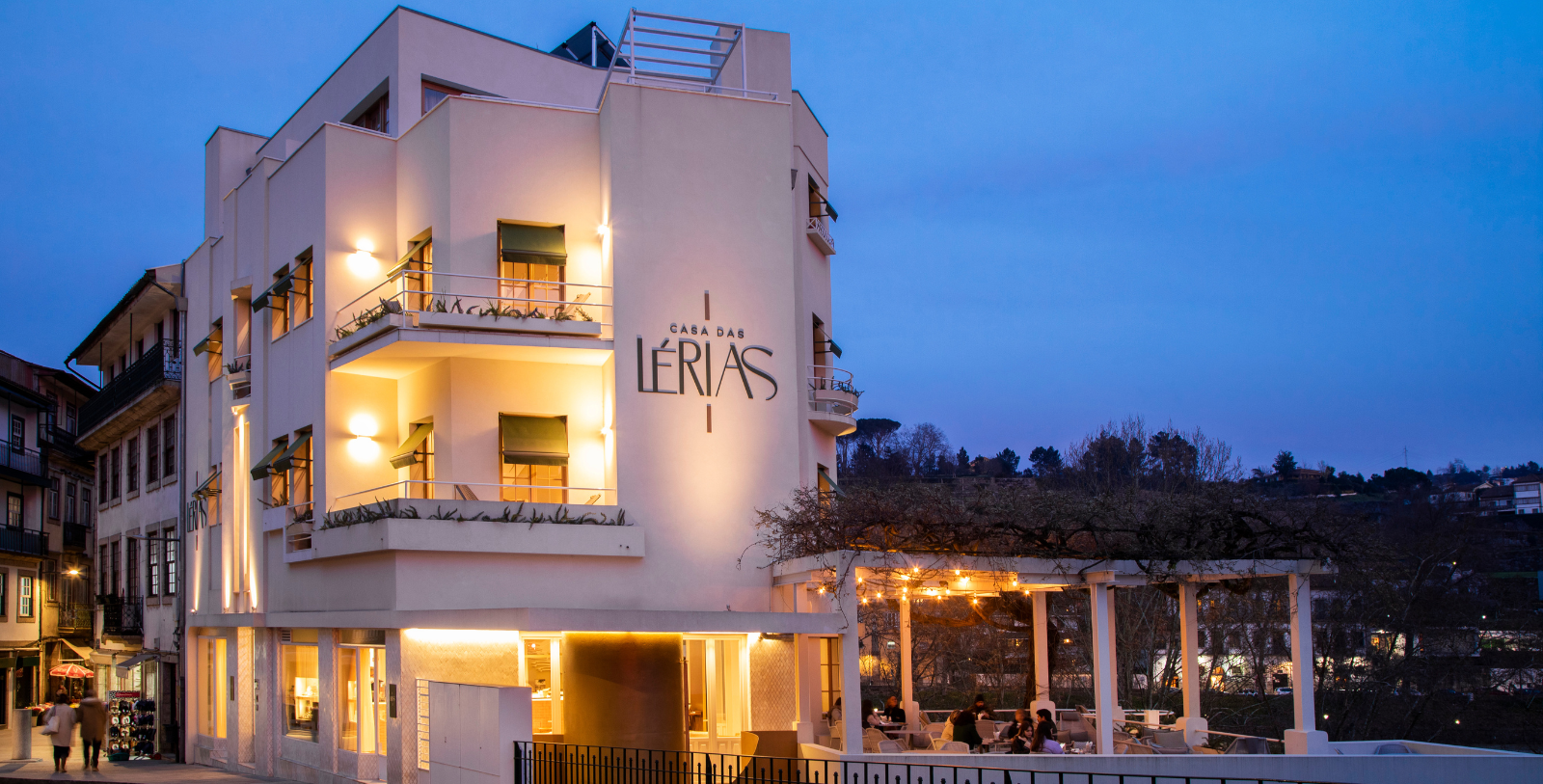Receive for Free - Discover & Explore eNewsletter monthly with advance notice of special offers, packages, and insider savings from 10% - 30% off Best Available Rates at selected hotels.
Guadalajara's History and Culture
A city rich in history and tradition, yet thoroughly modern, Guadalajara has earned its reputation as a cultural capital not only by giving birth to Mexican cultural icons like tequila, mariachi music, sombreros, and charrería (rodeos) but also by fostering a spirit that honors its cultural legacies.
Before Guadalajara was settled in 1542, the Spanish conquistadors had made four previous attempts to establish an outpost in the region. On the fifth attempt, the village endured, and Guadalajara became the capital of the Nueva Galicia province in 1560. The city’s iconic cathedral was built shortly after, solidifying Roman Catholicism in the area, and the region’s agricultural richness propelled Guadalajara to become one of Mexico’s largest population centers. After the War of Independence (1810-1821), Guadalajara became the capital of the new state of Jalisco, and even though 19th-century Guadalajara was often tumultuous, it sustained a period of economic, technological, and social growth, eventually becoming Mexico’s second largest city.
Guadalajara is adorned with world-class architecture and museums that showcase the region’s cultural legacy, large public murals that illuminate the country’s history, and markets that sell crafts made by artisans whose families have been refining their trades for generations. Today, with a population of more than 4 million, the city supports a cutting-edge food scene, a thriving contemporary arts scene, and festivals that draw international crowds—all of which remain, like Guadalajara itself, quintessentially Mexican.
Discover the historical culture of Guadalajara by staying in one of the ideally located Historic Hotels.




























